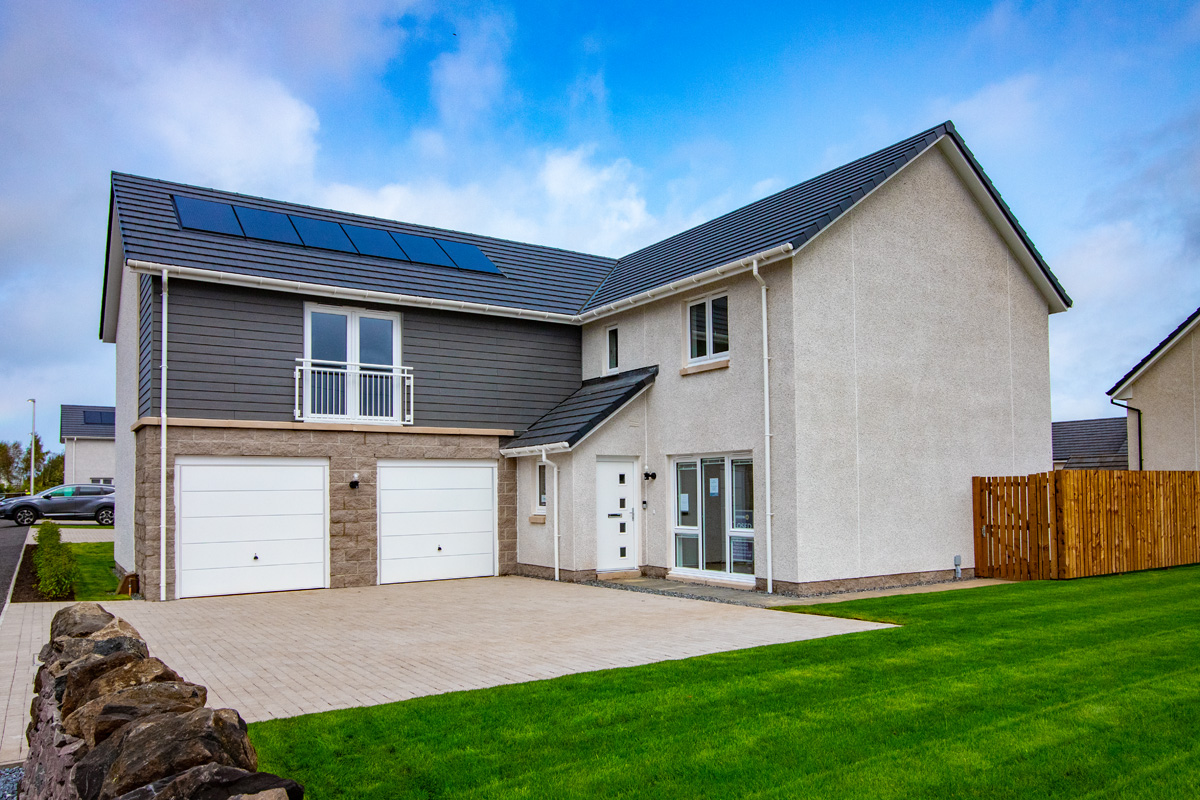
Timber frame construction is gaining popularity across the UK as a sustainable building method, thanks to its numerous environmental benefits. Here’s why timber frame stands out as a sustainable choice for modern architecture:
Carbon Sequestration
One of the primary environmental benefits of timber frame construction is its ability to sequester carbon. Trees absorb carbon dioxide as they grow, storing it within the wood. When these trees are harvested and used in construction, the carbon remains trapped within the timber, reducing greenhouse gases in the atmosphere. This makes timber a carbon-negative material, contributing to a decrease in overall carbon emissions.
Renewable Materials
Timber is a renewable resource, unlike traditional construction materials such as concrete and steel. Responsible forestry practices ensure that trees are replanted and sustainably managed, maintaining the ecological balance. This renewable nature of timber helps preserve natural resources and promotes biodiversity.
Energy Efficiency
Timber frame buildings are highly energy-efficient due to the natural insulating properties of wood. Timber’s low thermal conductivity means that it retains heat during the winter and stays cool in the summer, reducing the need for artificial heating and cooling. This leads to lower energy consumption and reduced carbon footprint.
Compliance with Sustainability Standards
Timber frame construction meets various sustainability standards, including Passivhaus and Part L Regulations. Passivhaus standards require buildings to have extremely low energy consumption for heating and cooling, which timber frame buildings naturally achieve through superior insulation and airtightness. Similarly, Part L Regulations in the UK set minimum energy performance standards for buildings, which timber frame constructions often exceed due to their excellent thermal performance.
Reduced Waste and Efficient Use of Resources
Prefabrication is a key aspect of modern timber frame construction. Building components are manufactured off-site in a controlled environment, ensuring precision and reducing waste. This method allows for efficient use of materials, minimizing offcuts and excess. The streamlined construction process also reduces on-site waste, making timber frame construction a more sustainable choice.
Faster Construction Time
Timber frame buildings can be erected much faster than traditional brick-and-mortar structures. The prefabricated components are quickly assembled on-site, reducing construction time and minimising disruption to the environment. Faster construction also means fewer resources are consumed over the project’s duration, contributing to overall sustainability.
Case Studies and Real-World Applications
Several real-world examples highlight the sustainability of timber frame construction. For instance, Places for People Chapelton development in Stonehaven, Aberdeenshire, utilised our timber frame offsite manufacturing and onsite erect services to create a mixed-use community with minimal environmental impact. Another example is CALA Home’s Saltcoats Grange development in Gullane, East Lothian, where our timber frames were used to ensure energy efficiency and sustainability.
Conclusion
Timber frame construction is a sustainable choice for modern architecture, offering numerous environmental benefits, including carbon sequestration, renewable materials, energy efficiency, and compliance with sustainability standards. By choosing timber frame, architects and builders can contribute to a greener future while meeting the demands of contemporary construction.
For more insights into the benefits of timber frame construction and how it can be integrated into your next project, email info@deesidetimberframe.com or call 01569 767 123.